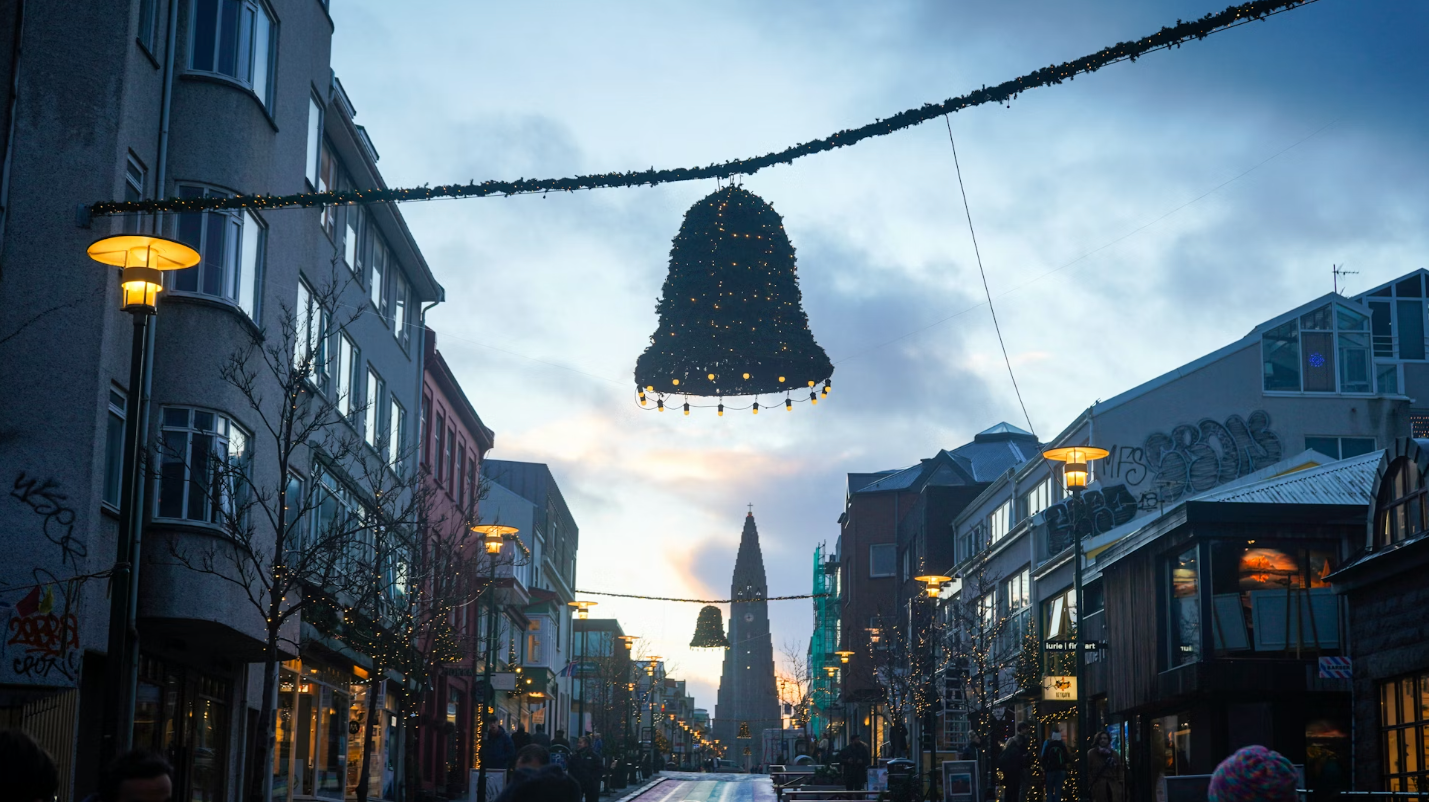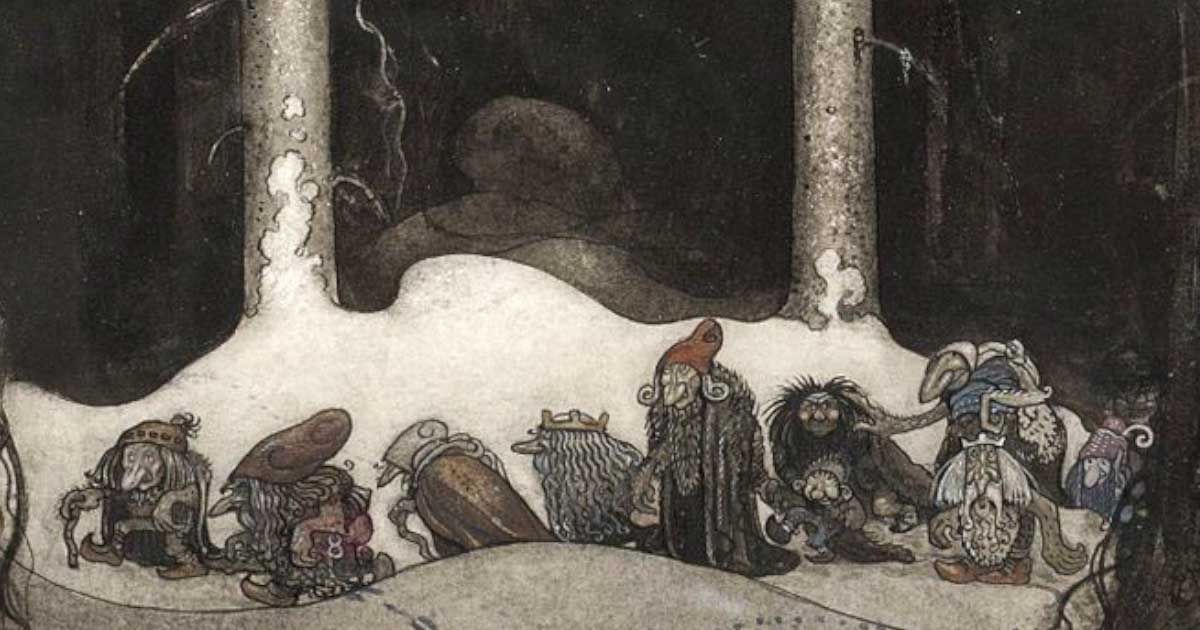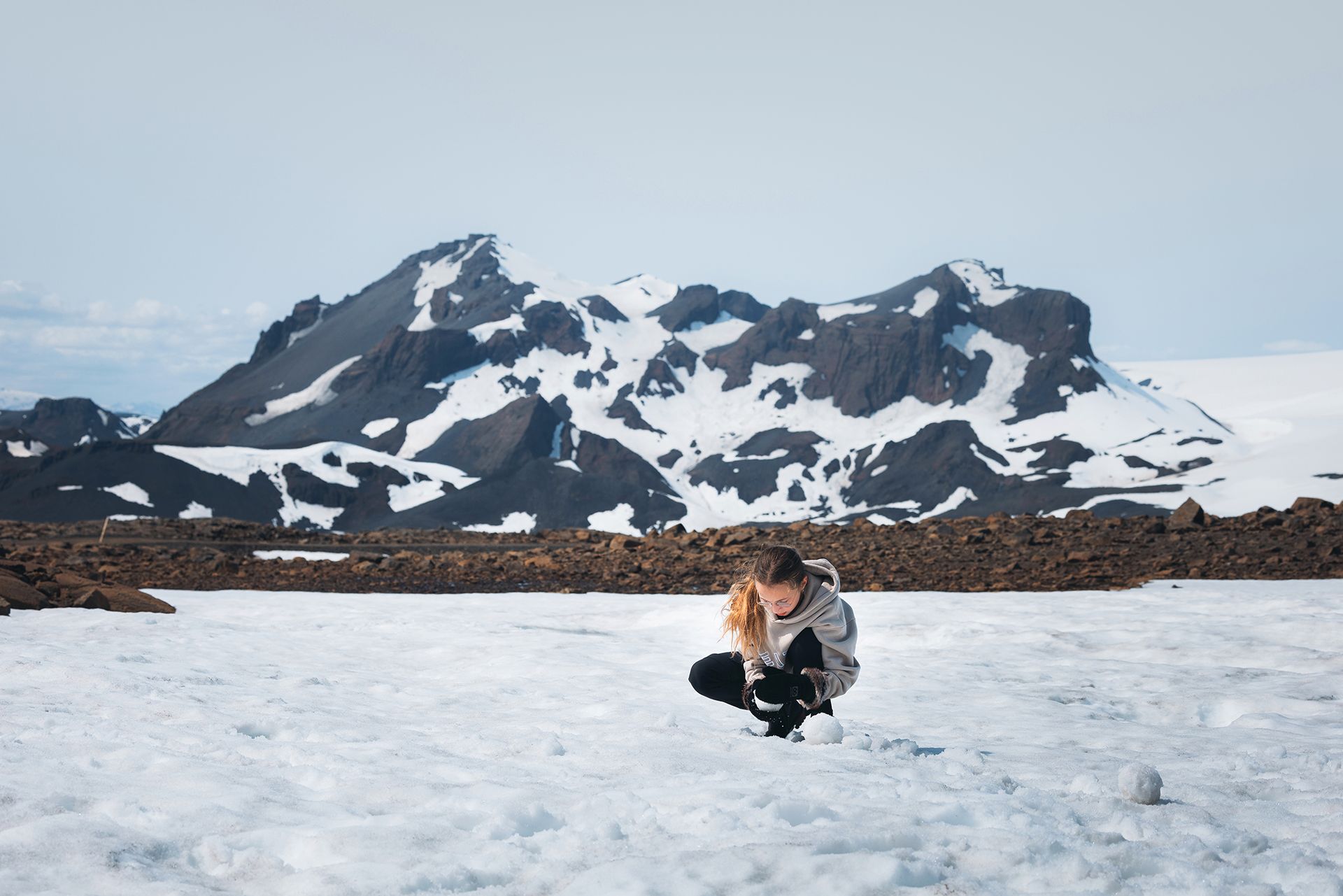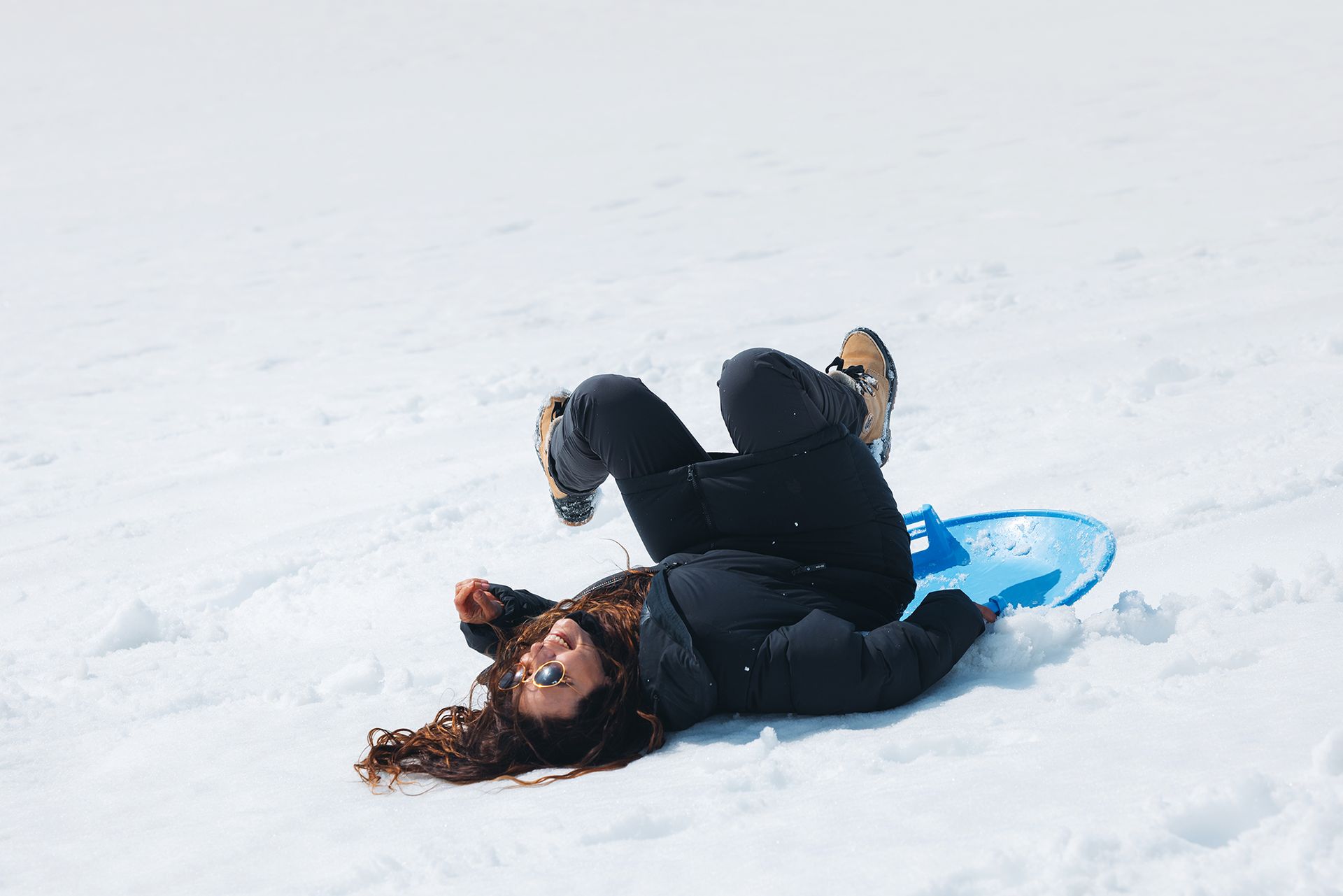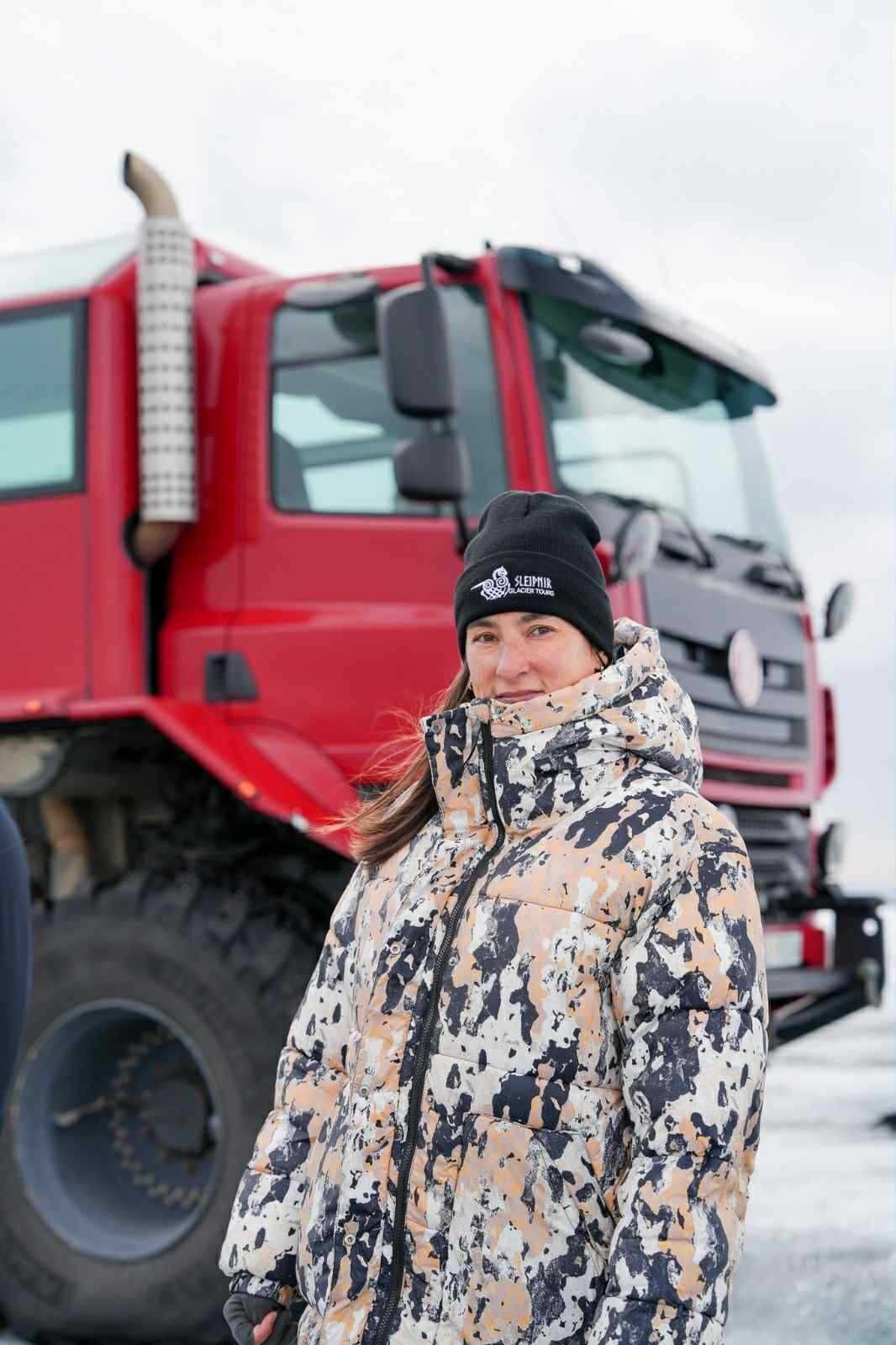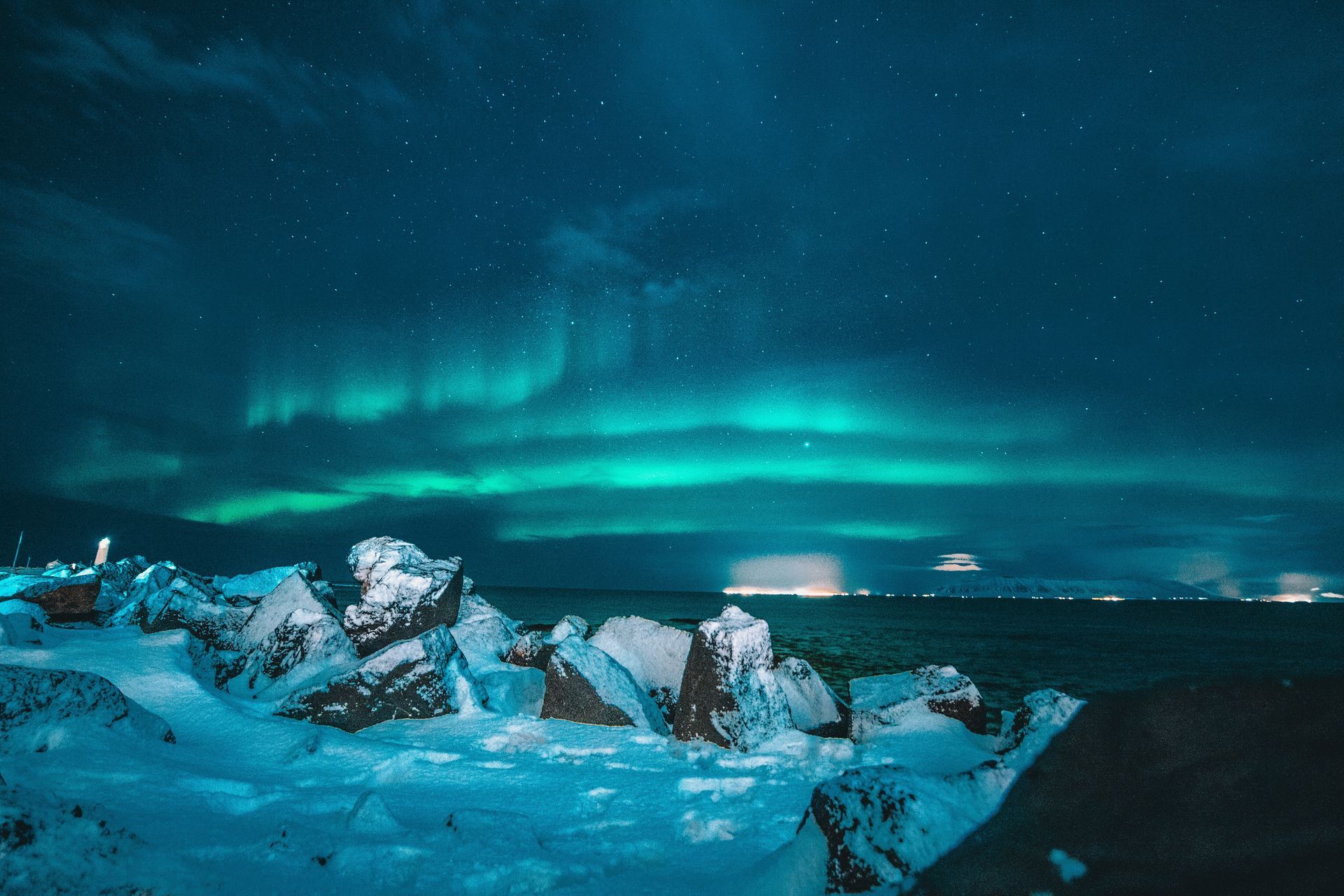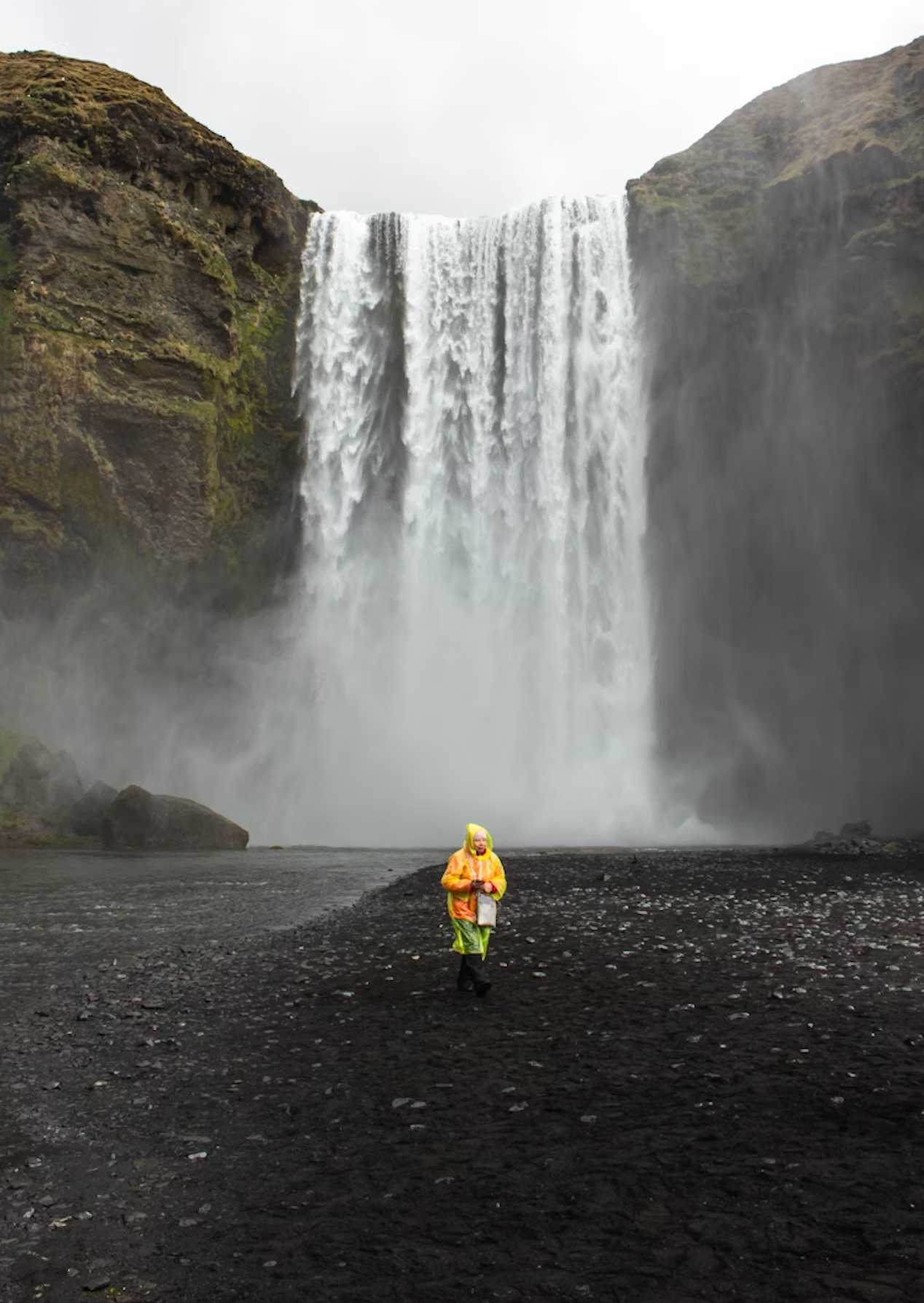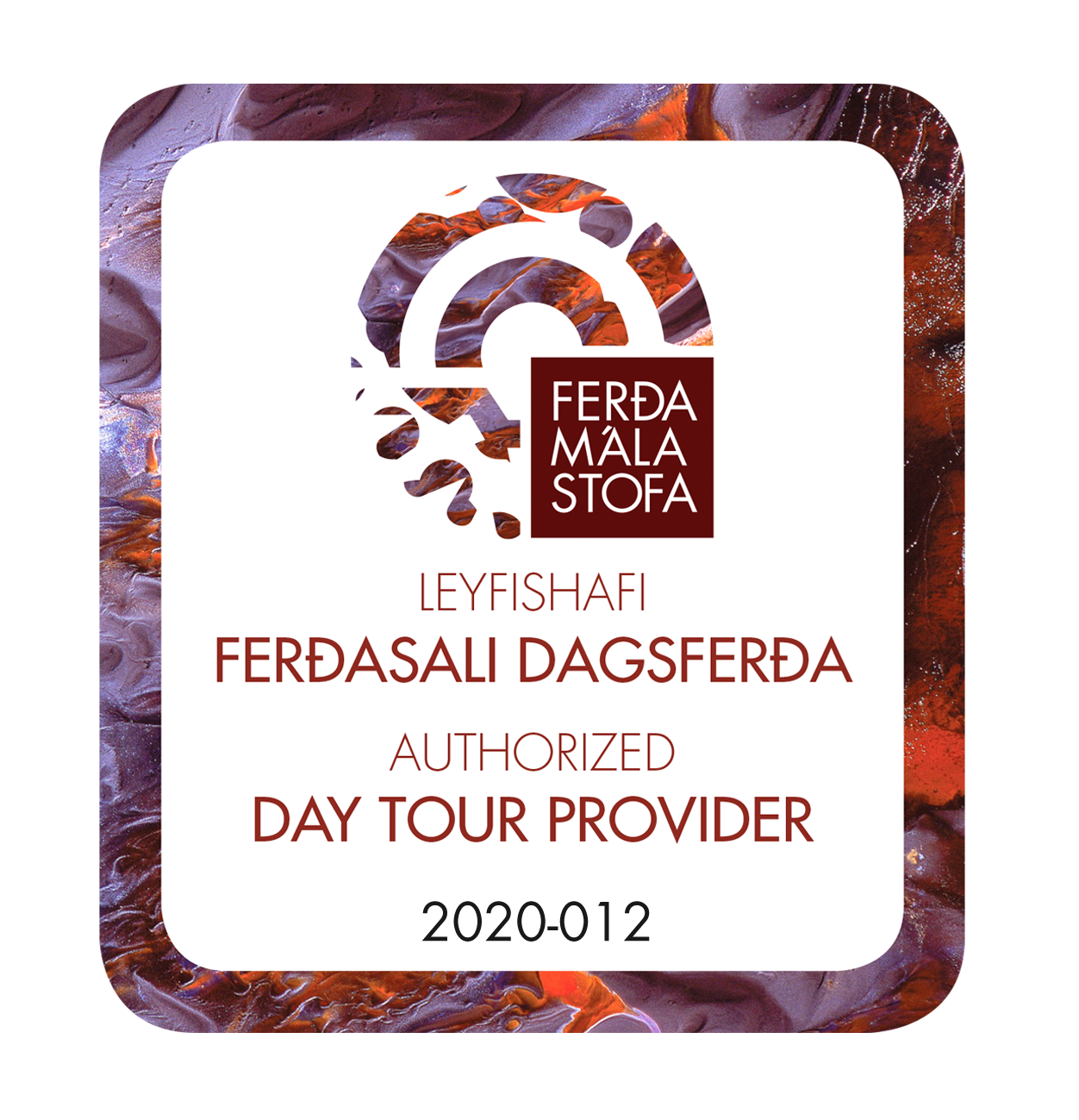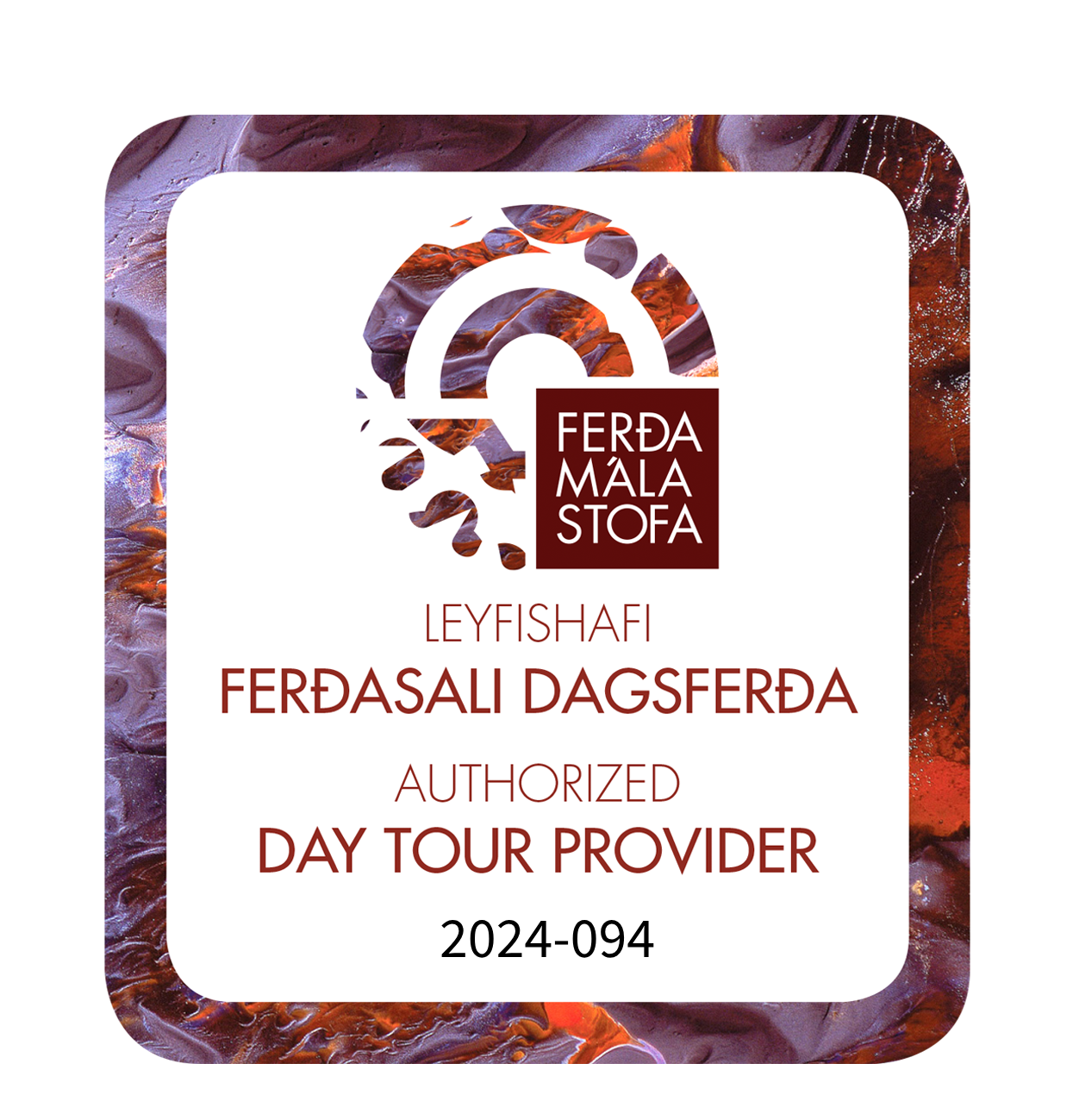Iceland's Highlands: For beginners
Into the Wild Heart of Iceland: A Journey Through the Highlands
Into the Wild Heart of Iceland: A Journey Through the Highlands
If you're the kind of traveler who perks up at the mention of “remote,” “rugged,” or “no cell service,” then the Icelandic Highlands might be your kind of place. Tucked away from the crowds that swarm the South Coast and Golden Circle, the Highlands stretch out in raw, colorful, volcanic chaos—untamed, unpredictable, and completely unforgettable.
The Highlands might sound a bit intimidating at first—remote roads, wild weather, and not a gas station in sight. But don’t worry, it’s not as intense as it seems. If you're curious about exploring Iceland’s wild middle without going full survival mode, here are two great ways to dip your toes in.
Welcome to Kerlingafjöll
One of the crown jewels of the Highlands is Kerlingafjöll. This geothermal mountain range looks like it belongs on another planet. Rusty orange rhyolite peaks steam and hiss, icy snow patches cling to ridgelines even in summer, and the air smells faintly of sulfur and adventure. It’s wild, but accessible—if you time it right.
Most people visit Kerlingafjöll between mid-June and mid-September when the F-roads (Iceland’s interior mountain roads) are open. The hike through the Hveradalir geothermal valley is an easy highlight: winding trails lead you past bubbling mud pots, neon green moss, and views that seem to shift with every step.
It’s the kind of place where even the most seasoned traveler stops and says, “Wait—this is real?”
We highly suggest you book an overnight stay in the are here
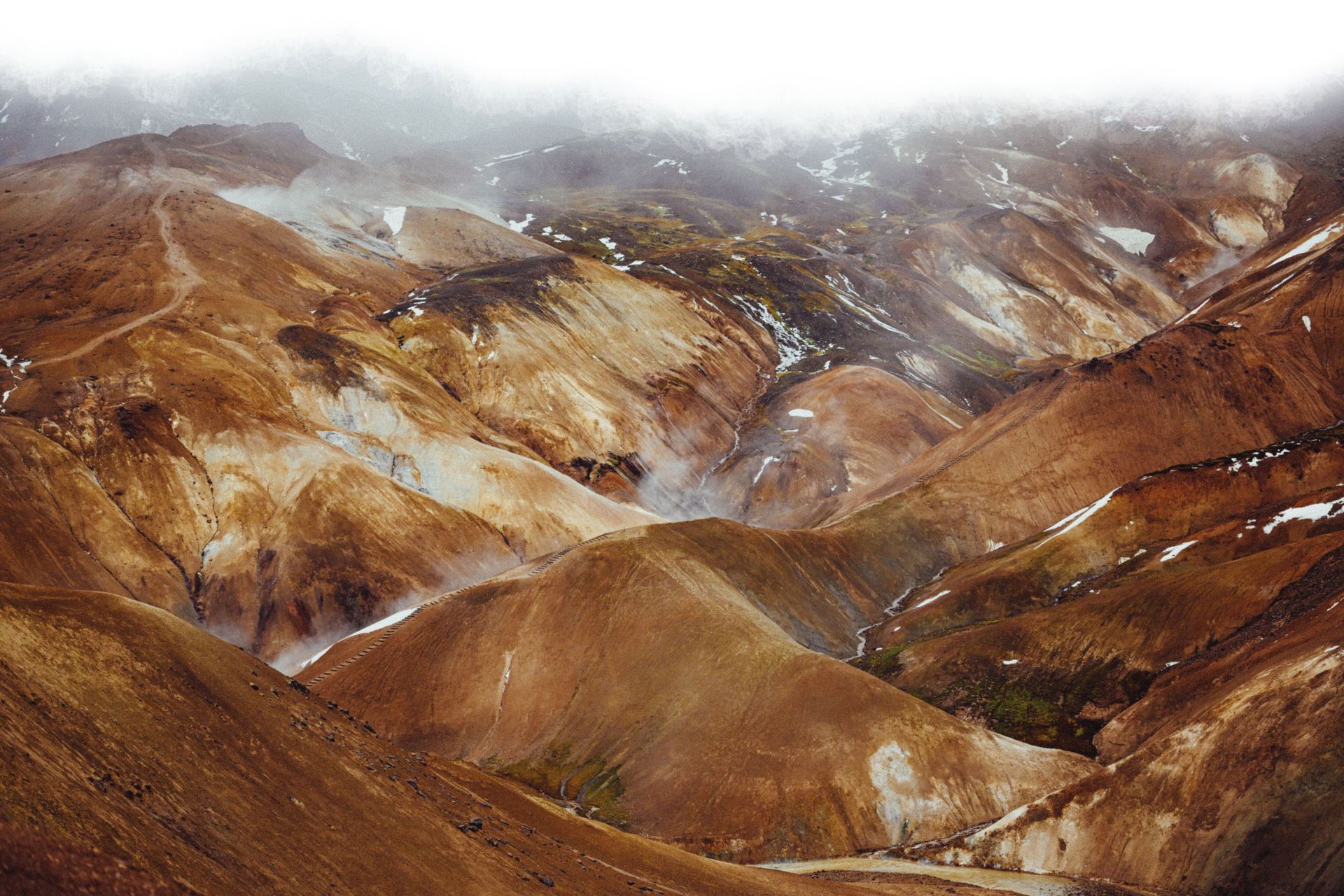
Sleipnir Tours: Iceland’s Most Badass Monster Truck Ride
If you’re not quite ready to drive into the Highlands yourself or just want to level up the adventure, book a tour withSleipnir Tours. Our super trucks aren’t just big—they’re enormous. These eight-wheeled beasts look like NASA prototypes, built to cross glaciers, lava fields, and whatever else Iceland decides to throw at them.
One of our most popular tours takes you up onto Langjökull glacier. You’ll roll over ice and snow while sitting warm and comfortable inside, gazing out at vast white nothingness. It’s not the kind of view you can just stumble across; it takes some serious gear and experienced drivers who know the glacier like their own backyard.
There’s something weirdly calming about being in a landscape so empty and quiet. And the photos? Let's just say your Instagram feed is about to peak.We have multiple trips per week, so make sure you book your spot with us on your next trip to Iceland!
Hveravellir
Not too far from Kerlingafjöll you’ll find Hveravellir—a perfect spot for anyone curious about the highlands. It’s easy to get to, with cozy huts and campsites ready for your stay. Nestled between two glaciers in the wild west highlands, Hveravellir is all about raw scenery, natural hot springs, and that remote mountain-lodge feeling. You’ll also find a laid-back restaurant, warm shelter, and endless space to roam. All of it right along the Kjölur route (Road 35), making it an ideal stop on your adventure.
We highly recommend booking an accommodation here.
Getting There: Renting a Car for the Highlands
If you're the type who prefers going at your own pace, renting a car is the way to go. But for the Highlands, this isn’t your average rental—you’ll need a 4x4 that can handle gravel roads, river crossings, and terrain that laughs in the face of city cars.
Blue Car Rental is a solid choice for this. They’re local, reliable, and have a good range of 4x4s that are Highland-ready. They’re also transparent about what’s included, which means fewer surprises when you hit the road. Bonus: Their pickup and drop-off process is quick, so you can get to the good stuff faster.
When choosing your vehicle, don’t go for the cheapest 4x4. Go for the one that makes you feel like a superhero. The Highlands are no joke, and weather changes quickly. Having the right car isn't just about convenience—it’s safety.
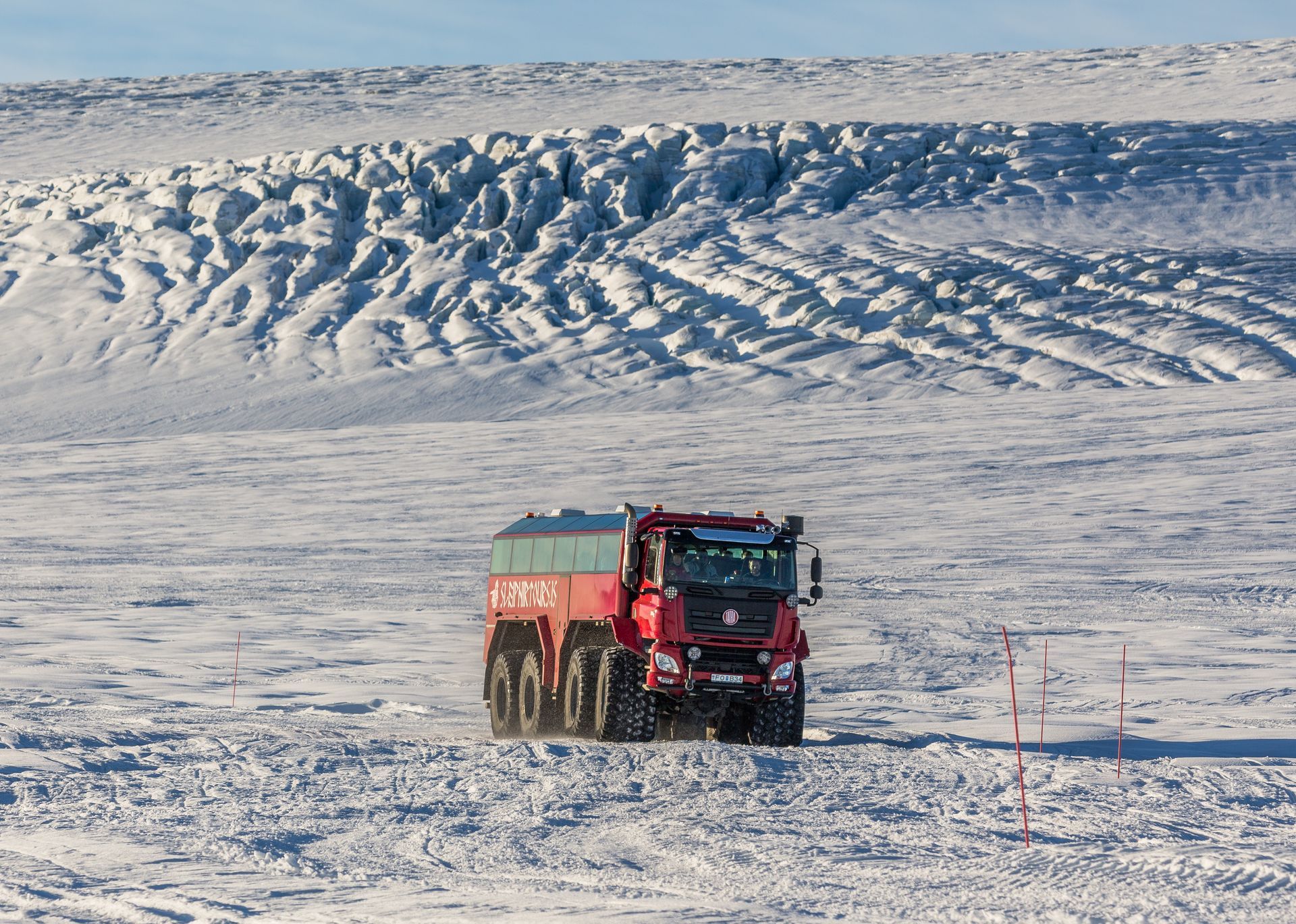
Highland Hacks: What to Know Before You Go
- Timing is everything: The Highlands are only accessible a few months a year. Most F-roads open mid-June and close by mid-September, depending on weather.
- Fuel up: Gas stations are few and far between in the Highlands. Always top up before heading inland.
- Pack for four seasons: It might be sunny at the base and snowing at the top. Bring layers, waterproofs, and good boots.
- Check the road conditions: The Icelandic Road Administration (vegagerdin.is) keeps daily updates on which F-roads are open.
- No shame in turning back: River crossings can be unpredictable. If you're unsure, don’t risk it. There's no shame in taking a photo and moving on.
Worth the Bumps and Mud
The Icelandic Highlands aren’t easy, and they’re not supposed to be. That’s part of the magic. Whether you’re winding through steam-filled valleys at Kerlingafjöll, bouncing across a glacier with Sleipnir Tours, or white-knuckling your 4x4 across a lava field, you’re guaranteed one thing: you won’t forget it.
This is Iceland at its rawest. No cafes, no fences, no “skip-the-line” passes. Just wind, silence, colors you didn’t know existed, and the kind of quiet that stays with you long after you’ve left.
And really, isn’t that what makes a trip worth it?

Icelandic Folklore
New Paragraph
Share This Blog Post
